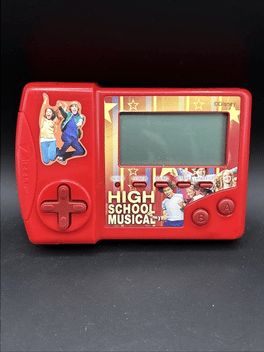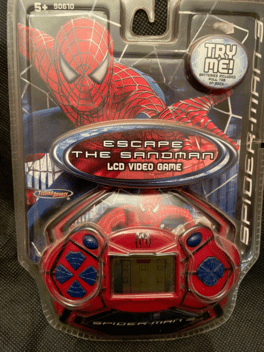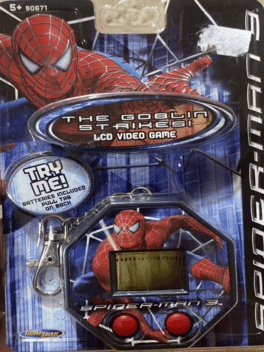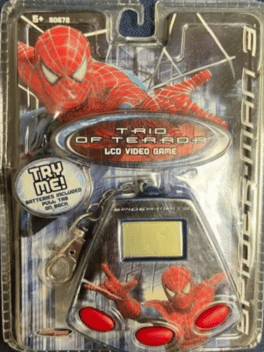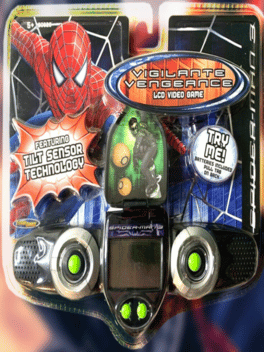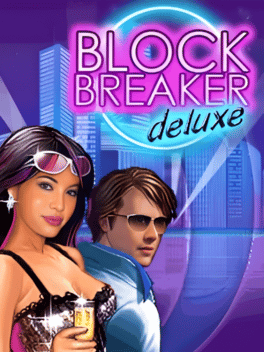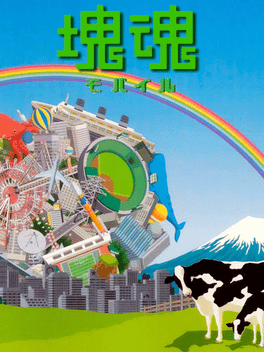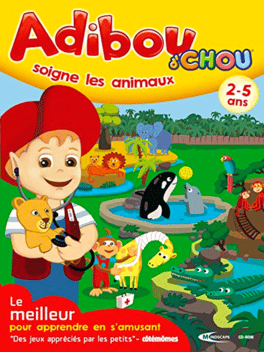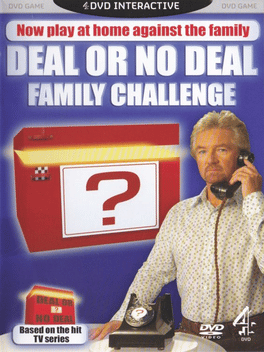New Games - Page 10026
-
Curling
2007
-
Disney Fairies
2007
-
Disney High School Musical
2007
Relive the excitement of High School Musical anytime, anywhere with this compact handheld LCD game developed by Zizzle. Released in 2007, the game offers five built-in mini-games inspired by scenes from the hit Disney film. Players use physical buttons to navigate rhythm and memory challenges, all displayed on a classic black-and-white LCD screen. With character art and familiar themes, it’s designed for younger fans looking to experience the magic of East High on the go. No console required—just insert AAA batteries and start playing! -
Hannah Montana
2007
-
Spider-Man 3: Escape the Sandman
2007
Spider-Man 3: Escape the Sandman is an LCD handheld game based on Spider-Man. -
Spider-Man 3: Trio of Terror
2007
Spider-Man 3: Trio of Terror is a handheld game based on Spider-Man. -
Spider-Man 3: Vigilante Vengeance
2007
Spider-Man 3: Vigilante Vengeance is a handheld game based on Spider-Man. -
Block Breaker Deluxe
2007
-
Katamari Damacy Mobile
2007
Katamari Damacy Mobile (塊魂モバイル, Katamari Damashii Mobairu, lit. "Clump Spirit Mobile") is a video game developed by Namco Bandaifor the Mitsubishi P904i series of mobile phones for NTT DoCoMo. It was released in June 2007 in Japan. It is a spin-off of the "Katamari Series", the second game on a portable system and the third game produced without the involvement of series creator Keita Takahashi. This version of the game uses a unique method of control, by making use of a software technology called GestureTek EyeMobile to make phones capable of detecting vibration via the built in camera on the P904i. The player is able to move the katamari ball forward, backwards, left and right by merely tilting the phone. There are also traditional controls as an option to the default motion controls. Katamari Damacy Mobile will come pre-installed on P904i model phones. Other phone models need to download the game through the Namco Games channel. -
Knock 'Em Downs
2007
-
Lost Star Saga
2007
-
Deal or No Deal: Family Challenge
2007
Deal Or No Deal: Family Challenge is a single player game based on the UK game show hosted by Noel Edmonds.


